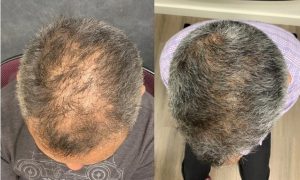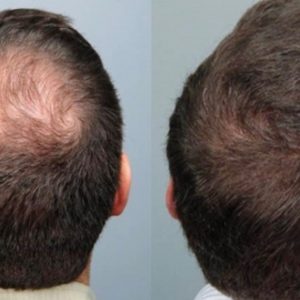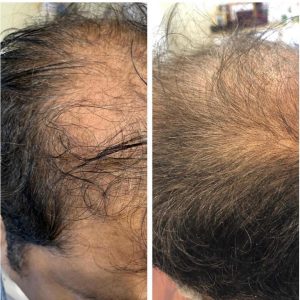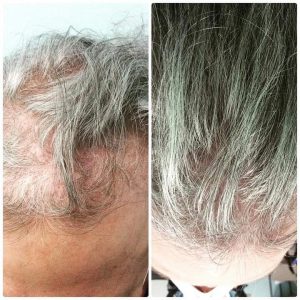Synthetic Hair Growth Factor
Synthetic Growth Factor Treatment for Hair Loss in Men
 Hair loss can be an especially sensitive topic for men. Thinning hair, hair loss, or baldness make many [men] feel vulnerable and self-conscious about how they look. What’s worse is that, traditionally, there haven’t been a lot of effective solutions for these conditions beyond painful, expensive surgeries or unhelpful suggestions like “get a wig or a hat” or “learn to live with it.”
Hair loss can be an especially sensitive topic for men. Thinning hair, hair loss, or baldness make many [men] feel vulnerable and self-conscious about how they look. What’s worse is that, traditionally, there haven’t been a lot of effective solutions for these conditions beyond painful, expensive surgeries or unhelpful suggestions like “get a wig or a hat” or “learn to live with it.”
However, OBI BioAesthetic Institute is proud to offer patients an exciting new option for hair growth service in addition to Platelet Rich Plasma (PRP) treatment.
The Treatment
By using a specially-formulated protein synthetic growth factor, a blend of basic Fibroblast Growth Factor (bFGF) and copper peptides, we are able to stimulate the scalp to begin producing hair again as well as begin to rejuvenate existing hair.
The minimally-invasive procedure takes about 20 minutes per treatment. It consists of infusing the protein-based product in the form of a topical serum into the patient’s scalp. By rejuvenating the patient’s scalp with this non-surgical topical procedure, our providers are able to stimulate the growth of collagen which can help encourage growth of skin, existing hair, and hair follicles. This process can cause hair to be thicker, have more volume, a brighter shine, and simply feel younger.
This safe and affordable FDA-approved process has been shown to not only slow natural hair loss in areas of the scalp, but able to encourage regrowth of lost or existing hair. It has been designed to offer patients minimal discomfort.
Microneedling Combination
It can also be combined with micro-stamping or microneedling, a process where tiny needles are inserted into the skin of the scalp, a process which opens the epidermis layer of the skin. Healing from this process can cause the body to increase collagen production and create new cells.
During the microneedling process, the hair growth serum is able to travel deeper into the scalp which could potentially mean faster results and fewer treatments needed.
Results
Results are often seen as early as two to four weeks after the first treatments. Although results vary from person to person, generally three to four treatments are required.










